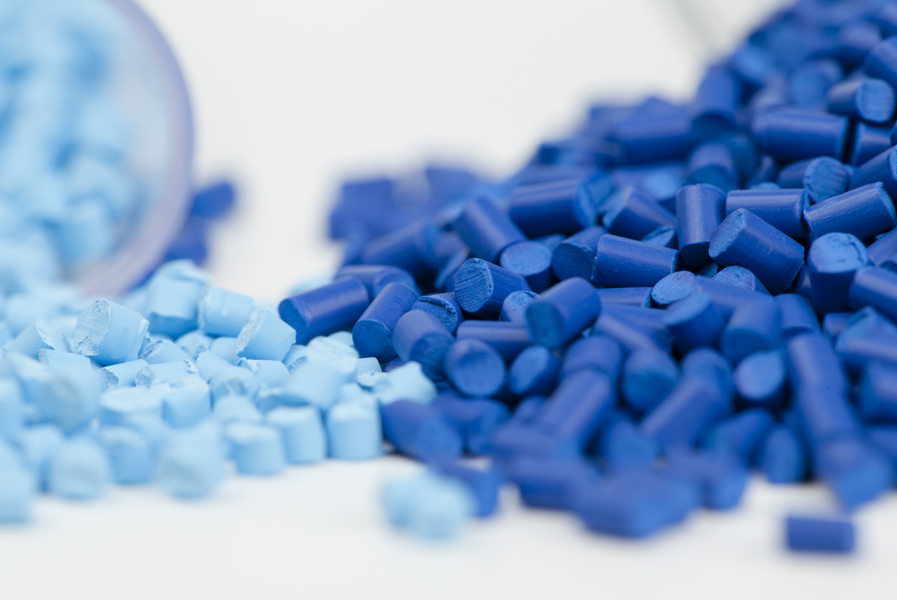
Welcome to plastics 101, your quick reference guide on commonly used plastic resins. You may be asking…there are that many different types of plastics? Well, yes, there actually are. Plastics are produced in hundreds of different composites, each with different characteristics and uses - plastic can be flexible enough for containers or sturdy enough to be used in cars.
We will talk about the different properties of each plastic. We will elaborate on topics such as, material stiffness, plastic fluidity and shrinkage, surface roughness, and overall operating temperature. We will be focusing on these characteristics because the products that you put into your plastic containers are largely dependent on these components.
In this series you will learn that all plastics are not the same, they actually vary greatly, and it is important to know these differences because plastic is used in everyday life in all different applications.
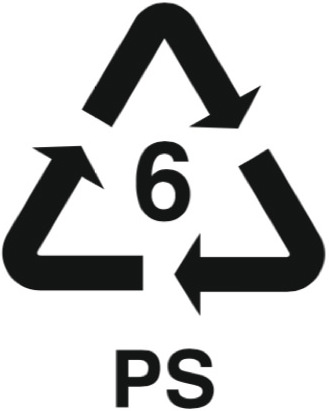
PS - Polystyrene
PS, or Polystyrene is one of the more commonly known plastics because of its low cost and amorphous characteristics. There are two types of polystyrene, general purpose or high impact polystyrene. Both types of plastic are used in different applications such as toys, disposable containers, and boxes.
If you look at PS, the transparency is relatively high and it tends to resemble the appearance of an old window glass. PS does not exhibit typical plastic behavior because it is not a tough material and is extremely brittle. It is characterized as a stiff plastic and exhibits relatively modest impact resistance.
PS does not have strong barrier properties and cannot withstand temperature changes, UV light, or chemicals. If temperatures reach above 80 degrees Celsius, the plastic will soften.
In packaging, PS is often used in applications that require clear or transparent aesthetics - often in jars with continuous turn closures.

PP
PP, Polypropylene, is a semi-crystalline polymer of plastic and is relatively low cost. There are two different types of polypropylene. Homopolymer PP is general grade and can be used for a wide variety of applications. Copolymer PP is divided into two sub-categories; Block Copolymer Polypropylene is arranged in a regular pattern at the molecular level, and contains 5-15% Ethylene, which improves impact resistance, Random Co-Polymer Polypropylene differs in that it is arranged in random patterns at the molecular level, and is better suited for applications where pliability and clarity are desirable traits.
Polypropylene is a popular plastic; it is commonly used in a wide variety of packaging, including flexible packaging and closures. PP has extremely strong barrier properties and is resistant to chemicals, which makes it popular for chemical tanks, bio hazardous materials, and fittings or connectors. The low UV resistance allows for the degradation of plastic and the product itself.
Polypropelene has a semi milky appearance, but depending on the material it can be quite transparent. PP is soft to the touch, and is sensitive to scratching and scuffmarks.
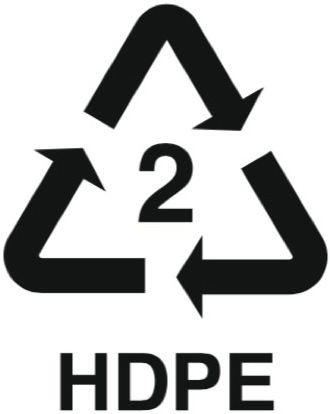
HDPE
High Density Polyethylene is one of the most widely used plastics in the world and is much less brittle than even PP. HDPE is translucent, the surface of HDPE is relatively waxy and glossy, and is soft to the touch.
HDPE has a high resistance to chemicals and moisture, which makes it suitable for food packaging. HDPE is typically used in applications such as containers, toys, utensils, bottles, pipes, and processing equipment.
The heat resistance of HDPE is poor; elevated heat will reduce the stiffness of the plastic and cause it to become very soft. On the other hand if HDPE is stored in cooler temperatures, it is highly resistant.
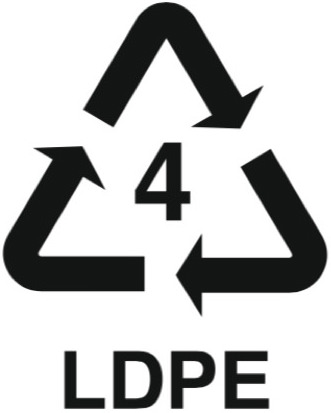
LDPE
LDPE, Low Density Polyethylene represents the other end of the spectrum for the PE grade plastic. LDPE is extremely flexible and stiffness cannot be achieved in this form of plastic.
LDPE is reasonably tough, impact resistant and provides a good chemical and vapor barrier while being pliable, however it does have low heat resistance and is a poor gas and UV barrier.
LDPE is used in applications such as trays and containers, and bottles.
The appearance of LDPE is viewed as translucent to opaque with a waxy or glossy sheen.
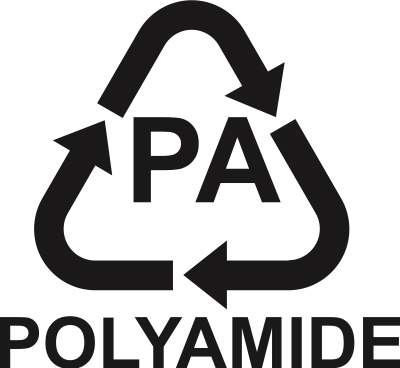
PA - Polyamide
PA, Polyamide, or Nylon, is a semi-crystalline plastic that has modest stiffness, friction, and wear resistant properties. PA has a tendency to absorb water, which influences the mechanical properties of the components.
The rigidity of Polyamide can vary from extremely hard to soft and flexible. Impact resistance tends to increase with moisture as strength decreases.
The appearance of Polyamide also varies with the type of polyamide, it can go from transparent to opaque. PA is typically glossy and is commonly used in fiber form for fabrics in textiles, carpets, or films in food packaging it is also commonly referred to as Nylon.
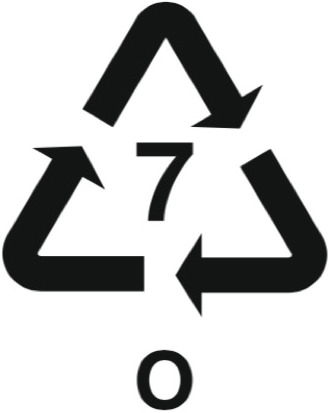
PMMA - Polymethyl methacrylate
PPMA or Polymethyl methacrylate, also known as acrylic, is often used as a substitute for glass. You may ask how could glass be compared to plastic? Well, if the plastic surface is as transparent and glossy, it mimics the appearance of glass.
It is an extremely brittle plastic, if PMMA is dropped on the ground, it will break. The temperature resistance to PMMA is low, so if PMMA is heated it will tend to soften.
PMMA is an alternative to PC when strength is necessary. PMMA is UV and abrasion resistant. PMMA is used with injection molding and extrusion, in applications in the automotive industry as well as in common consumer products like drinkware, cosmetic and skincare packaging .
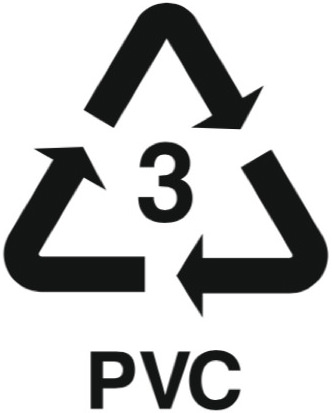
PVC - Polyvinyl Chloride
PVC or Polyvinyl Chloride is one of the most widely used plastics; this is because it is considered inexpensive compared to other resins. PVC comes in two types of plastic: flexible and rigid. The rigid form of PVC is used in applications such as sewer pipes, bottles, and credit cards, while the flexible form of PVC is used in applications such as plumbing, inflatable products, bags, clothing and shoes.
PVC is widely known as Vinyl and can be used for flexible applications such as flooring, artificial leathers, or even cable and wire installations.
PVC is extremely durable and has the appearance of a white or clear, brittle solid material. Plasticizers can be used to adjust the hardness of PVC, since it is extremely tough.
PVC is extremely durable and this plastic can be bent, stretched, and dropped without any damage. Since PVC is a thermoplastic material, PVC can be melted again and again and will still harden to its original state.
Although it's properties make it extremely useful in a wide variety of applications, it's use has decreased in the past decade due to health and environmental concerns. California has passed legislation barring the sale of products that contain PVC.







































